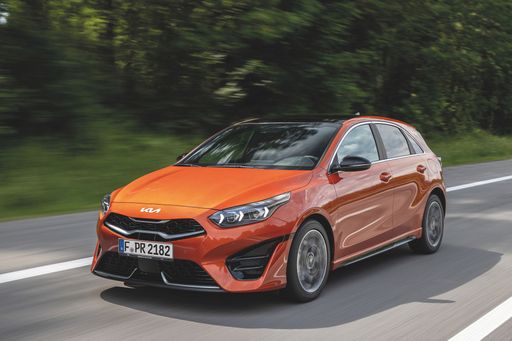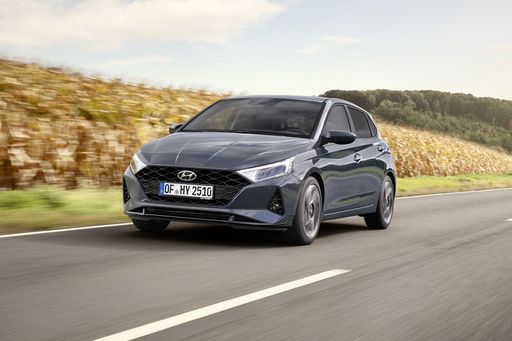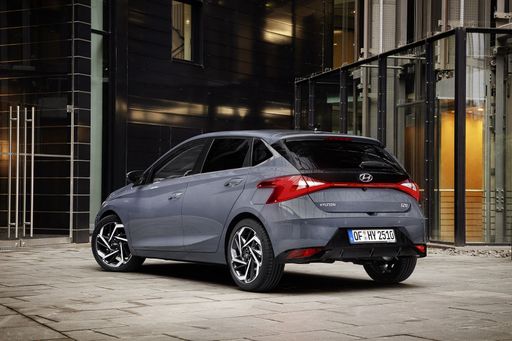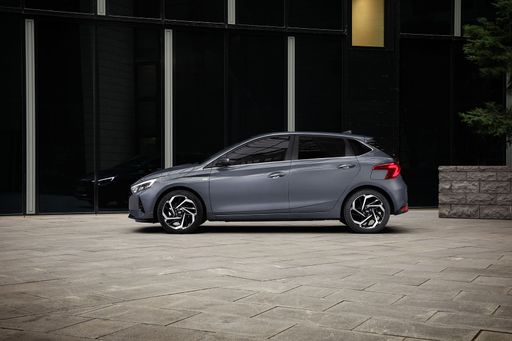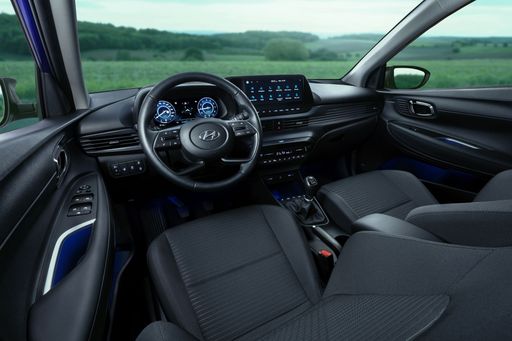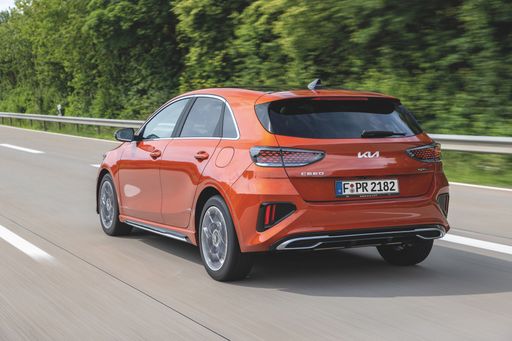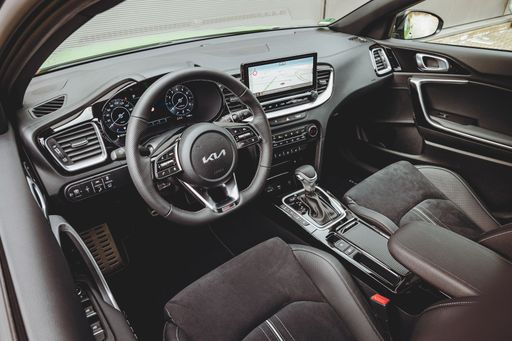Hyundai i20 vs Kia Ceed: A Comprehensive Comparison
In the world of compact hatchbacks, the Hyundai i20 and the Kia Ceed stand out as formidable contenders. Both vehicles offer a blend of style, practicality, and advanced technology, making them popular choices among urban drivers. In this article, we will explore the technical aspects, innovations, and overall capabilities of these two impressive models to determine which might be the better choice for you.

